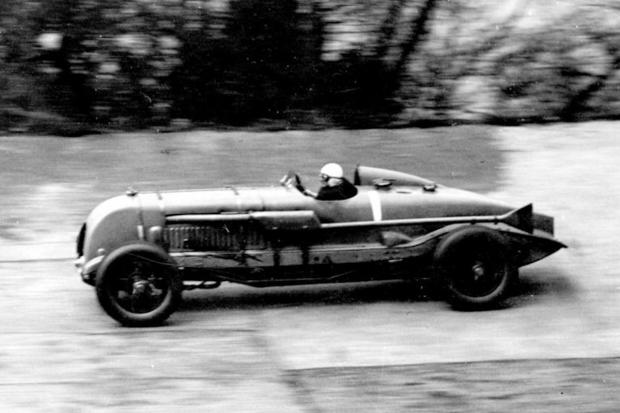
Bonhams' confidence that the collections consigned for its Festival of Speed sale would turn the annual auction into one of the year's blockbusters was well justified.
Over seven hours of feverish bidding, the company raised more than £22 million, smashing a host of records and watching a quartet of cars fly past the million-pound mark.
As predicted the Daniels collection stole all the headlines with the ex-Sir Henry ‘Tim’ Birkin 1929 4 ½-litre supercharged ‘Blower’ Bentley single-seater – which when new raised the Brooklands Outer Circuit record to 137mph – selling for £5,042,000 and setting a new record for a British car at auction.

Second-placed was the 1912 "Corgi" Rolls-Royce 40/50hp ‘Silver Ghost’ Double Pullman Limousine, which sold for a record-breaking £4.7 million.

Some way back, at a mere £2,689,500, was another car from the Daniels collection. The famed watchmaker's 1932 Alfa Romeo 8C-2300 Spider Lungo raced at Le Mans with a roster of greats including Birkin, Earl Howe, Italo Balbo and Johnny Wakefield.

Floretta, the ex-works 1908 Itala Grand Prix rounded off the top four by amassing £1,737,500.

It was a hell of a drop down to the next lots which in their way were just as remarkable. Bentley Continental R Fastbacks have been escalating at an alarming rate for years and the £630k achieved at Bonhams confirmed their elevation to the front rank of collector cars.

Besting that Continental by some way, however, was the £785,000 accrued by a supercharged 1928 Bentley 41/2 Tourer.

Also flying high were a 1907 Damiler TP45 10.6-litre 4-seater tourer (£359,900), a 1970 Aston Martin DB6 Vantage Mk2 (£404k), the estimate-busting 1965 Ferrari 276GTS Spyder (£561,500) and a 1929 Alfa 6C SS (£371k). Even an Autokraft Daytona Spyder conversion comfortably topped £200,000.






